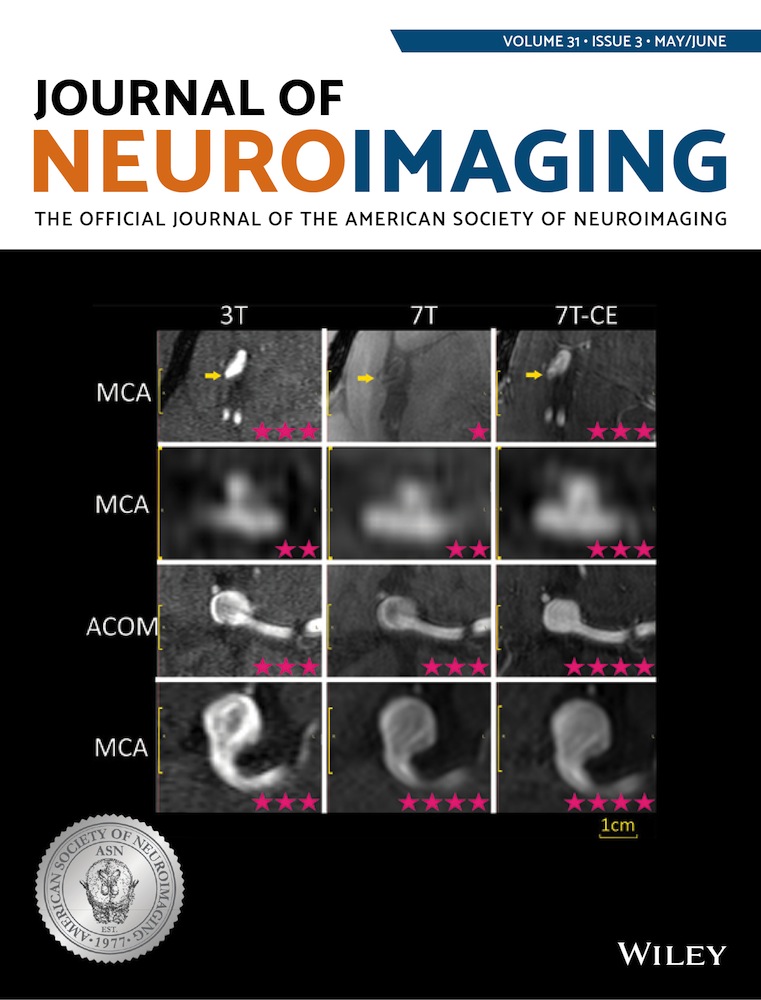MRI Diffusion-Weighted Imaging to Measure Infarct Volume: Assessment of Manual Segmentation Variability
Acknowledgements and Disclosures: This work was supported by the Ministry of Health, Czech Republic – Conceptual Development of Research Organization (Grant number: FNOs/2018) and the National Program of Sustainability II, Czech Republic (Grant number: LQ1605). We thank Erick Harr for English editing.
ABSTRACT
BACKGROUND AND PURPOSE
Manual segmentation of infarct volume on follow-up MRI diffusion-weighted imaging (MRI-DWI) is considered the gold standard but is prone to rater variability. We assess the variability of manual segmentations of MRI-DWI infarct volume.
METHODS
Consecutive patients (May 2018 to May 2019) with the anterior circulation stroke and endovascularly treated were enrolled. All patients underwent 24- to 32-hour follow-up MRI. Three users manually segmented DWI infarct volumes slice by slice twice. The reference standard of DWI infarct volume was generated by the STAPLE algorithm. Intra- and interrater reliability was evaluated using the intraclass correlation coefficient (ICC) by comparing manual segmentations with the reference standard. Spatial measurements were evaluated using metrics of the Dice similarity coefficient (DSC). Volumetric measurements were compared using the lesion volume.
RESULTS
The dataset consisted of 44 patients, mean (SD) age was 70.1 years (±10.3), 43% were women, and median baseline NIHSS score was 16. Among three users, the mean DSC for MRI-DWI infarct volume segmentations ranged from 80.6% ± 11.7% to 88.6% ± 7.5%, and the mean absolute volume difference was 2.8 ± 6.8 to 13.0 ± 14.0 ml. Interrater ICC among the users for DSC and infarct volume was .86 (95% confidence interval [95% CI]: .78-.91) and .997 (95% CI: .995-.998). Intrarater ICC for the three users was .83 (95% CI: .69-.93), .84 (95% CI: .72-.91), and .80 (95% CI: .64-.89) for DSC, and .99 (95% CI: .987-.996), .991 (95% CI: .983-.995), and .996 (95% CI: .993-.998) for infarct volume.
CONCLUSIONS
Manual segmentation of infarct volume on follow-up MRI-DWI shows excellent agreement and good spatial overlap with the reference standard, suggesting its usefulness for measuring infarct volume on 24- to 32-hour MRI-DWI.




